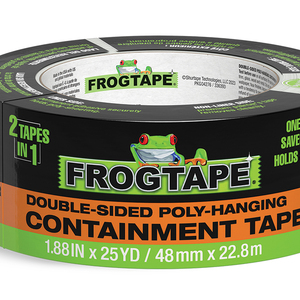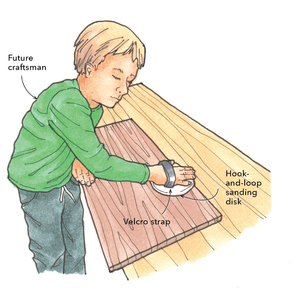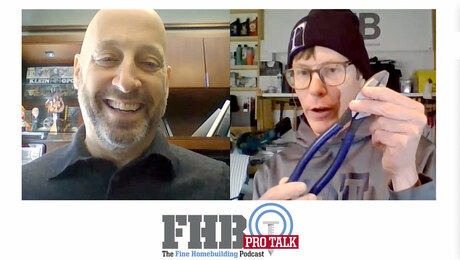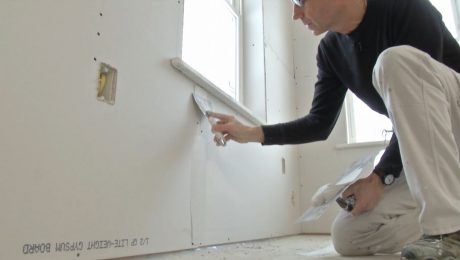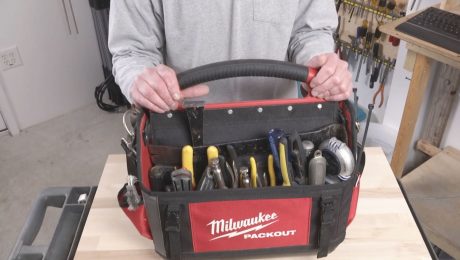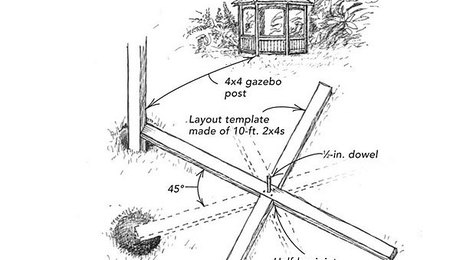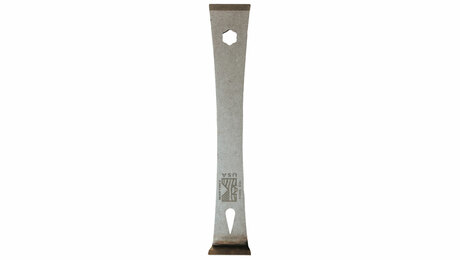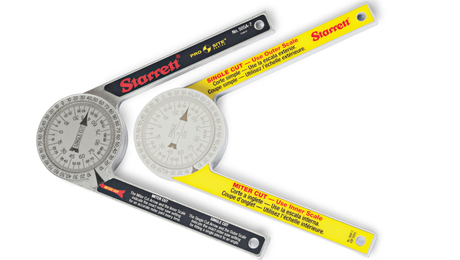Cleaning Paintbrushes and Rollers
A spinner makes quick work of a messy task.
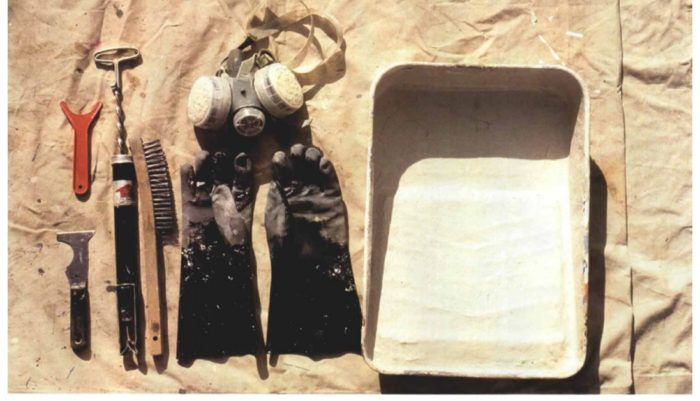
Synopsis: This short article explains how to get paint rollers and brushes truly clean. The author introduces a few specialized tools that make the job easier.
I’m a house painter, and over the years I’ve found that a lot of people, even those in the building trades, don’t know how to clean their painting equipment. Try lending out your brushes, and you’ll get promised to the high heavens that your brushes will come back as “good as new.” In the worst of cases, you’ll get back an object that can no longer truly be referred to as a brush. Granted, it may look like one, but what once was an ordered collection of soft, pliable, and distinct bristles has become a solid, unified mass that spreads paint about as well as a putty knife. This sorry scenario is unnecessary because cleaning paintbrushes and roller covers is simple; it just takes the right equipment and a little time. I’ll begin by explaining how to clean tools used with oil-based paint.
Brush cleaning
Cleaning brushes involves putting them through three or more solvent rinses. But before you use any solvent, use a putty knife or a rag to scrape or wipe any excess paint buildup off the brush, especially around the heel, where the bristles go into the ferrule—the metal band that wraps the bristles.
Next, put on your gloves and organic-vapor respirator and pour some thinner into a roller pan. If you have any used or dirty thinner (more on this later), it’s smart to use it for the first rinse. Thinner is not cheap or convenient to dispose of, and dirty thinner will work for a first rinse.
If you’re in no hurry, let the brush soak for a few minutes in the thinner. Spread the bristles out by swishing the brush around in the solvent. Work the solvent into the heel of the brush. Next, use a wire brush to loosen up and remove paint from around the heel of the paintbrush. Brush at a 45° angle—in one direction only—away from the handle toward the tips of the bristles. Use the wire brush around the entire heel of the paintbrush, flat sides and edges alike. Once this is done, dip the brush into the thinner, and while holding the brush handle in one hand, use your other hand to bend the bristles back toward the handle about 45° to 90°. This action forces thinner into the heel of the brush. Again, soak thinner into the bristles, then bend them back. Soak, then bend. Do this about 20 to 30 times.
For more photos and details, click the View PDF button below:


